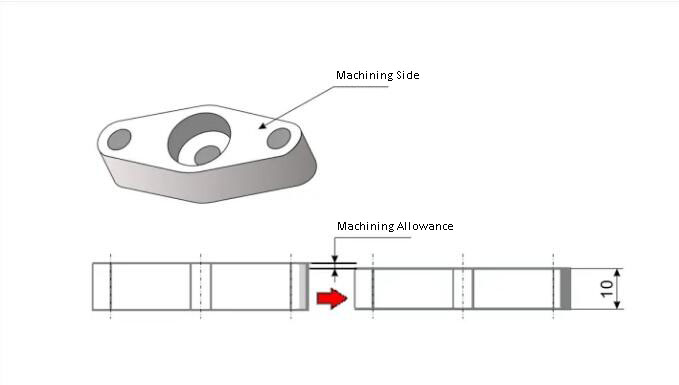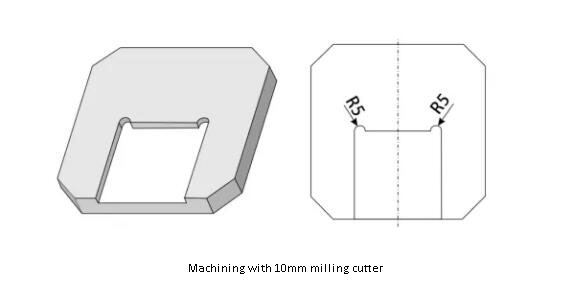In the design of non-standard machinery, it is often seen that a large number of cutting parts are used in some mechanical equipment, ranging from dozens to hundreds (especially in the sample stage). In such machinery and equipment, the cost of individual parts largely reflects the price of the whole machine. Therefore, engineers should master some experience and skills when designing parts to reduce the cost of parts.
In this article, we will share with you six common design tips in “milling”.
In the design of milling parts, the machining difficulty and precision requirements of parts will lead to great changes in parts machining. Therefore, it is very important to master the design knowledge of milling parts. In short, it can be considered from the following three perspectives.
- Tools involved in part machining
- The difficulty of parts machining
- Processing equipment (existing or required) involved in part machining.
Let’s take a look at the embodiment of these three design angles, namely design tips.
1. In groove processing, the tool (end mill) is cylindrical, and the processing end is a fillet with radius R.
As shown in the figure, if the end of the groove is a corner, the processing cost will be higher.
The end of the groove should select the R angle as much as possible.

The tool (end mill) is cylindrical, so it cannot cut corners. In order to cut corners, special treatment such as EDM is required, which increases the cost invisibly.
2. The pocket shape is preferably open at the end
If there is no problem in the design, the pocket shape should be open at the end. In the case of a closed end face, the tool must be punched first (that is, the tool must be machined down to the dimension surface, and then moved), otherwise the working efficiency will become low.

Similarly, in the case of machining wide grooves, larger R will produce higher machining efficiency and lower machining cost. This is because you can use large diameter tools and reduce the number of reciprocating movements. Therefore, if there is no problem with the design, it is better to specify the largest possible R in the figure.

3. Machining Allowance
For some parts, they need to be machined from the blank surface (or rough surface) to the target size. If the thickness of the material (blank) exceeds the target thickness, the processing cost will increase.
Therefore, the plate thickness should be set by considering the “machining allowance”, and the material with thickness close to the target size should be selected. Machining allowance (or allowance) is the cutting allowance before reaching the target size. For example, as shown in the figure below, when cutting from a 12mm material with a target size of 10mm, the machining allowance is 2mm.

4. The width of the required size and shape accuracy shall be as narrow as possible within the working range of the part.
By making it narrower, the cutting cost can be reduced because it can be cut once with a milling cutter. On the other hand, if there is an increase in the width of the required accuracy, the milling cutter must reciprocate several times, thus increasing the processing cost.
5. Select The Appropriate Tool
In the case of the shape shown below, if there is no design problem, select the appropriate tool. With proper tools, the need for tool replacement can be eliminated and the working hours of workers can be reduced, thus reducing costs.

6. Suitable Accuracy
The dimensional tolerance depends on the size of the part, but considering the machine specification, it should be kept within ± 0.02. This is a rule of thumb, but if higher accuracy is required, the processing cost will be very high.
For example, in the case of ± 0.1mm, it can be measured with a vernier caliper, but ± 0.02 is difficult to measure with a vernier caliper. The higher the precision, the higher the processing cost. Therefore, when drawing drawings, appropriate accuracy should be selected to avoid excessive accuracy.


